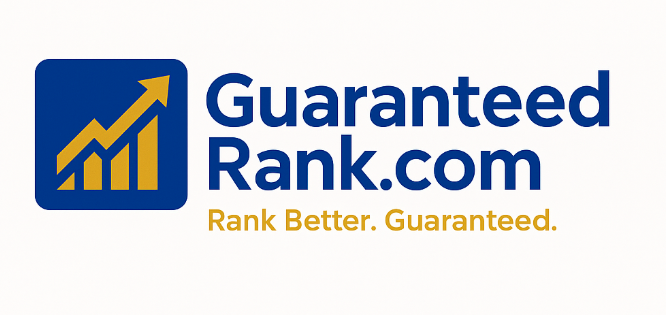Search behaviors between Western and Eastern European users differ due to cultural, economic, linguistic, and technological factors. Here's a breakdown of the key differences:
🔍 1. Search Engine Preferences
Western Europe:
-
Google dominates (>90% market share) in most countries (UK, Germany, France, Spain, Netherlands).
-
Users are used to using rich snippets, voice search, and Google Shopping.
Eastern Europe:
-
Google is dominant, but alternatives still matter in some regions:
-
Yandex: Still relevant in parts of Eastern Europe, especially near Russia.
-
Seznam: Used in the Czech Republic.
-
-
SEO needs to consider non-Google ecosystems occasionally.
🌐 2. Language and Localization
Western Europe:
-
Users search in their native languages, but there’s higher English fluency, especially in tech or business.
-
Western markets use longer-tail queries and voice search more frequently.
Eastern Europe:
-
Local language search dominates; English use is lower, especially in rural areas.
-
Keywords often shorter, more transactional, and influenced by price sensitivity.
💳 3. Consumer Behavior and Intent
Western Europe:
-
Higher online spending and brand loyalty.
-
Search terms include more research-based queries (“best running shoes for overpronation”).
-
Heavy focus on product reviews, sustainability, and ethical branding.
Eastern Europe:
-
Users tend to be more price-sensitive.
-
Search intent often includes “cheap,” “discount,” or “how to” queries.
-
Local marketplaces (e.g., Allegro.pl in Poland) influence search behavior and SEO strategies.
📱 4. Device Usage
Western Europe:
-
Higher use of mobile and voice search.
-
Advanced features like Google Discover, rich snippets, and mobile-first UX are expected.
Eastern Europe:
-
Mobile use is growing rapidly but desktop is still widely used, especially for complex tasks.
-
Web performance and site speed optimization are more important due to slower connections in rural areas.
📆 5. Seasonal and Cultural Differences
Western Europe:
-
Major sales cycles: Black Friday, Christmas, Summer Sales, and back-to-school.
-
Cultural events like Valentine’s Day, Halloween, and Mother’s Day influence seasonal searches.
Eastern Europe:
-
Some Western sales trends have been adopted (e.g., Black Friday), but others like Orthodox Easter, Name Days, and local holidays drive unique search spikes.
-
Sales events like “11.11” (Singles Day) or local online store anniversaries are becoming more common.
🛍️ 6. E-commerce Maturity
Western Europe:
-
Mature markets with trust in online payments, subscription models, and luxury ecommerce.
-
Users expect personalized recommendations, automated returns, and express delivery.
Eastern Europe:
-
Growing fast but still developing in many regions.
-
Users often prefer cash-on-delivery, in-store pickup, or local payment methods (e.g., BLIK in Poland).
✅ Key Takeaways for Strategy
| Factor | Western Europe | Eastern Europe |
|---|---|---|
| Search Engine | Google-dominated | Google + some local engines |
| Language | Native + English mix | Mostly native, less English |
| Search Queries | Long-tail, product-focused | Price- or how-to-focused |
| Devices | Mobile-first, voice-enabled | Desktop still important |
| E-Commerce | High trust, brand-driven | Price-sensitive, trust-building phase |
| Seasonality | Global trends + holidays | Local holidays + Orthodox traditions |






![What strategies did [Company C] use to increase organic traffic?](https://blogger.googleusercontent.com/img/b/R29vZ2xl/AVvXsEgEAAqB4yJKK0eEEHH_4hjO5-75jSTykTGneli0AXc7M9IZKSOybAfNHBz3edlFut_8IwMnZNvvpLo6ExhV2aUNNsYOHs-s8xijFjCMAxeCGZp49OkyWXN-d9AbfUFhjxInVIg2dPvvLH27Sc5VmrY7cueBR8_GJdBWq9jJP0QHvcBqitZC2t6nL5b3Qj4/w72-h72-p-k-no-nu/Screenshot_86.jpg)




0 Comments